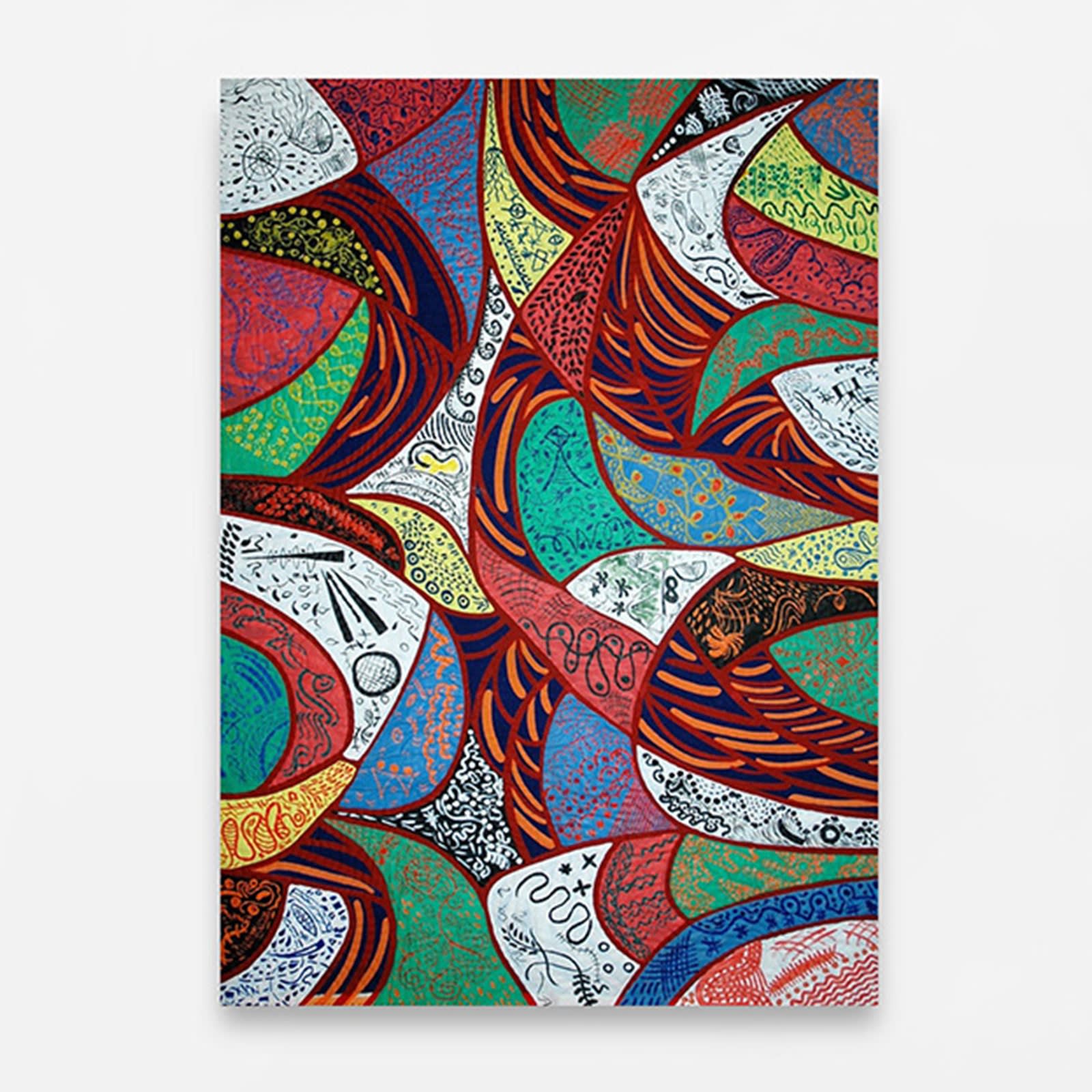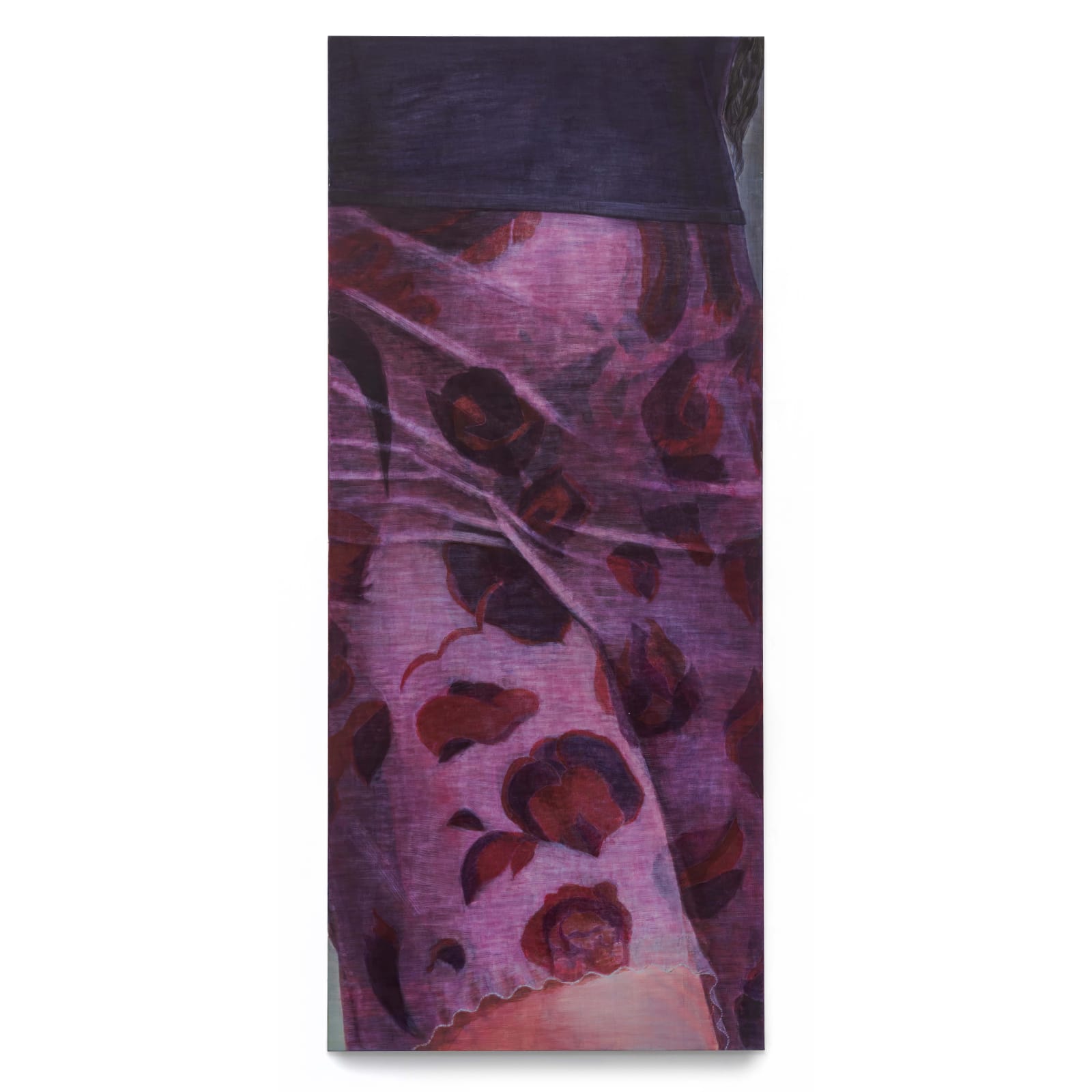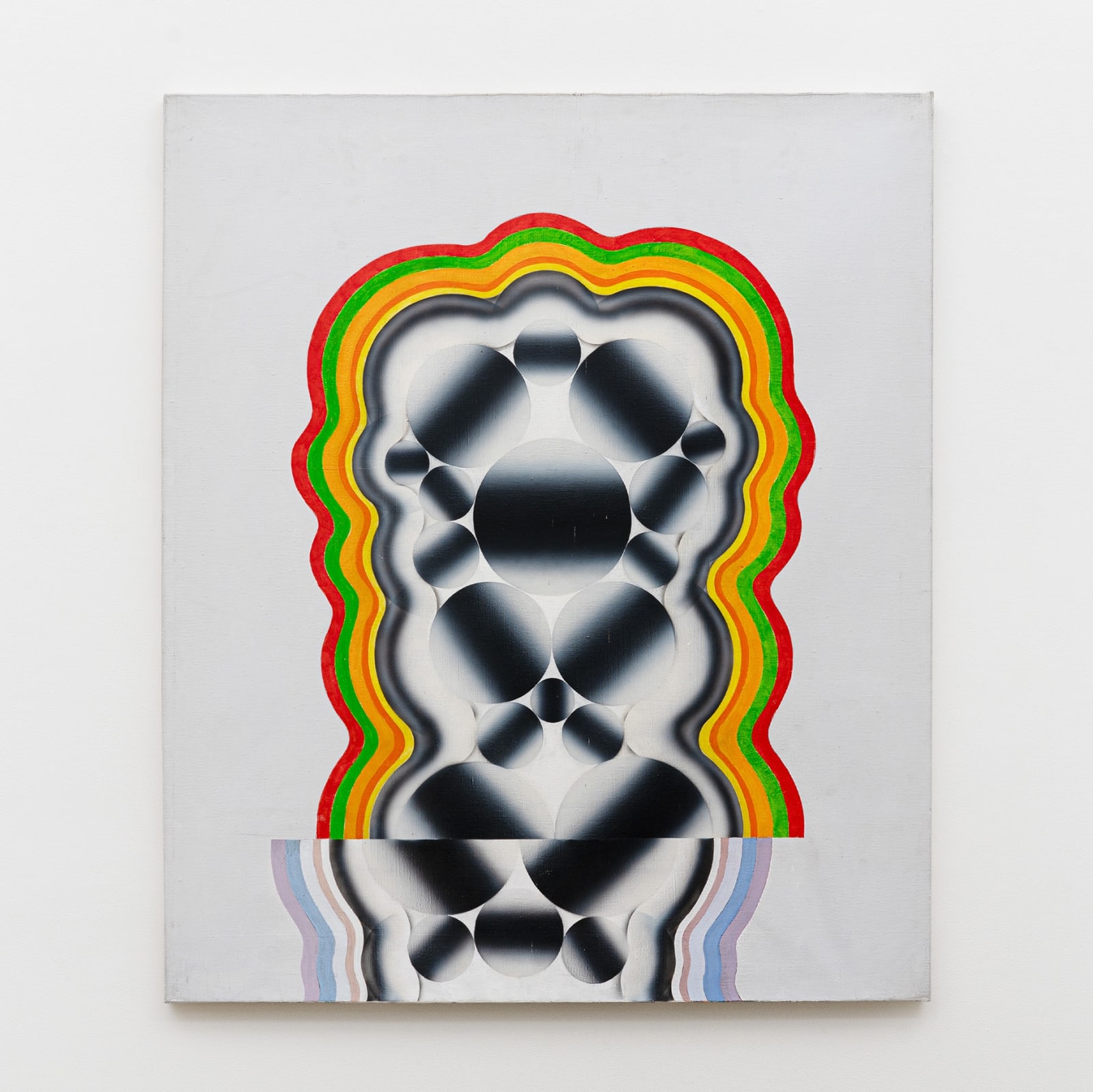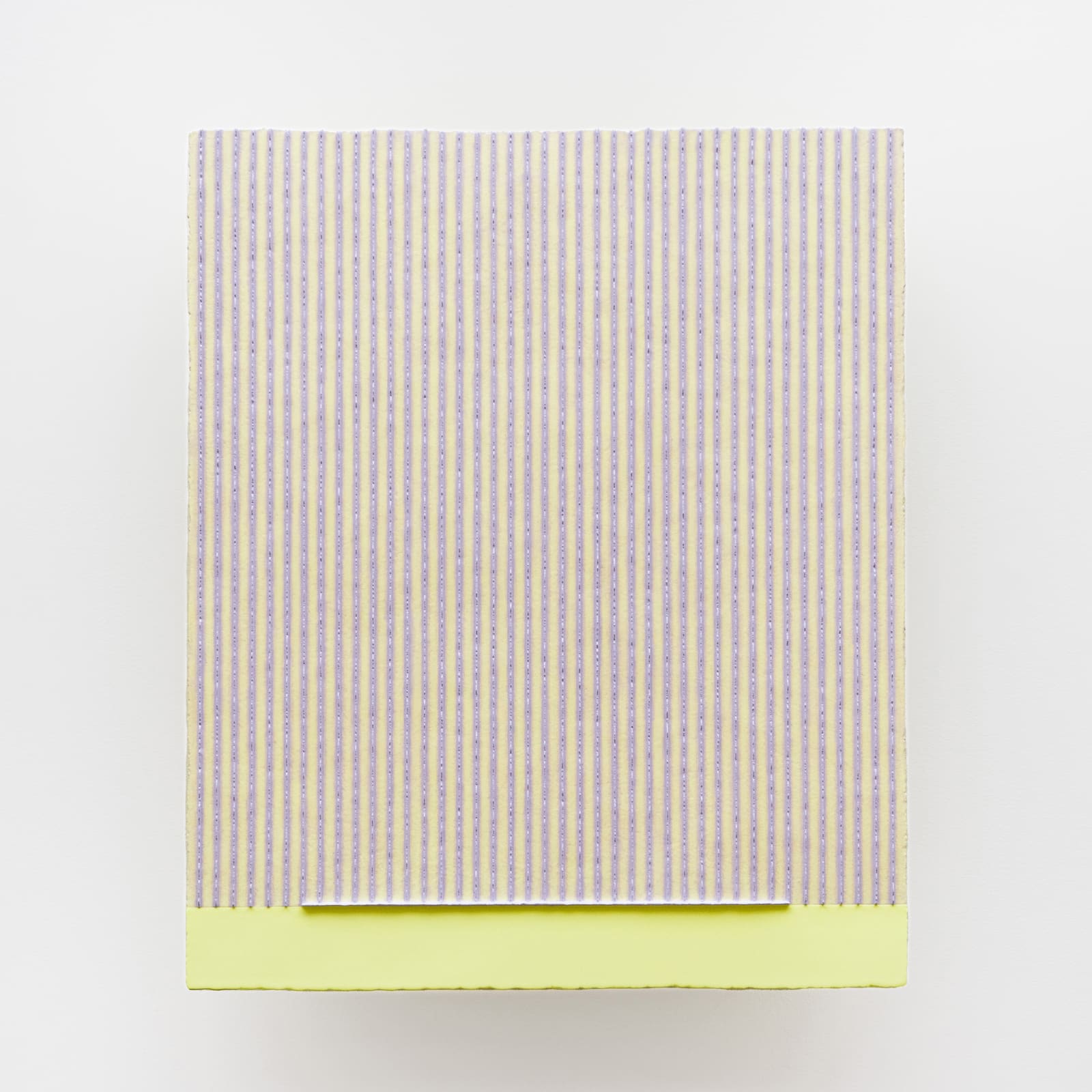Frieze Seoul 2024: Booth B19
Tina Kim Gallery is pleased to return to Frieze Seoul at COEX, September 4–7, 2024. The gallery’s curated presentation will focus on artists whose practices push the boundaries of their respective mediums to communicate themes and experiences that language cannot fully articulate. The booth will feature works by Lee ShinJa, Mire Lee, and Pacita Abad, as well as Maia Ruth Lee, Minouk Lim, Gimhongsok, Kang Seok Ho, Suki Seokyeong Kang, Chung Seoyoung, and Ghada Amer. Through their artworks, these artists will be placed in conversation with Dansaekhwa masters Ha Chong-Hyun, Park Seo-Bo, and Kim Tschang-Yeul, whose monochrome paintings challenged the status quo in art when Korea was under a military dictatorship.
The latest artist to join the gallery’s program, Lee ShinJa expresses the natural beauty of landscape paintings and her admiration for her hometown while embracing the physicality of her fiber-based medium. Our Frieze Seoul presentation will coincide with Lee’s first solo show at Tina Kim Gallery, which also marks her New York debut. Ahead of the much-anticipated unveiling of Mire Lee’s Turbine Hall commission at Tate Modern, the gallery will present the artist’s visceral yet intimate sculptures that resemble the flesh, organs, and excretions of a living organism through her transformative use of industrial materials like hoses, motors, silicone, cement, and clay.
Other artists use abstract painting to convey meaning when words fail. Inspired by Korean brush painting, Pacita Abad used her distinctively vibrant visual vocabulary in “Asian Abstractions” to forefront the mutability of tradition. This presentation will commemorate the triumphant conclusion of Pacita’s North American retrospective at MoMA PS1 before it travels to the Art Gallery of Ontario in October. Our booth will also feature new paintings from Maia Ruth Lee’s “Bondage Baggage” series, which captures the weight of displacement on individual and collective memory. Her process-based paintings, which are made by binding her canvases in the knots used by Nepalese migrant workers to transport their belongings, carry the imprints of bondage long after they have been cut free, unfurled, and stretched. Continuing these meditations in abstraction, Minouk Lim’s “Currahee–Stand Alone” installation is composed of 36 military blankets painted with nonobjective compositions to evoke the intangible dream world, a moment of brief reprieve from brutal battlefield conditions and grueling training for soldiers. Meanwhile, Gimhongsok’s humanoid cement sculptures that appear to stand with raised arms represent the artist’s reflections on Seoul’s rapidly changing environment. “If gray is the color that does not stand out, easily hidden and lost within a group,” as he put it, “then perhaps gray is the color of our generation.”
Additional highlights include Kang Seok Ho’s closely cropped paintings that zoom in on the wrinkles in an anonymous subject’s clothes or the texture of window drapes. Though they most closely align with figurative or still-life painting, the works mimic the philosophy of Asian landscape painting in the artist’s comparison of white trousers and denim pants to white porcelain and rocky landscapes, respectively. Kang’s unique approach transcends strict genres of painting, just as Suki Seokyeong Kang transcends the boundaries of painting, sculpture, and textile art through her reinterpretation of traditional Korean art forms and materials.
Meanwhile, Chung Seoyoung’s ceramic drawings continue the artist’s long-standing investigation into the relationship between language and perception. Smudged with residual traces of pigment, her matte porcelain surfaces evoke transience and ephemerality. When paired with letters, words, and phrases, it is the materiality of language that becomes abstracted into remnants of form and sound. Ghada Amer takes a more literal approach to language in her embroidered paintings by appropriating feminist quotes made by historically significant women who have made an impact on contemporary culture. In her collaborations with Reza Farkhondeh, portraits are overlaid and obscured with text.





























